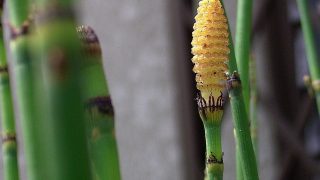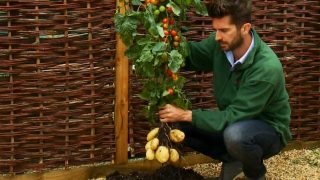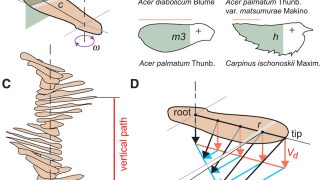
On the origin of carnivorous plants: the oldest fossil found in Baltic amber
The cover of this post probably shows the world’s most famous carnivorous plant (Figure 1). It´s name is Audrey II and it appeared in the music film “Little shop of horrors”, directed by Franz Oz in 1986 adapting the film “The Little Shop of Horrors” directed by Roger Corman in 1960. Audrey II is a […]








